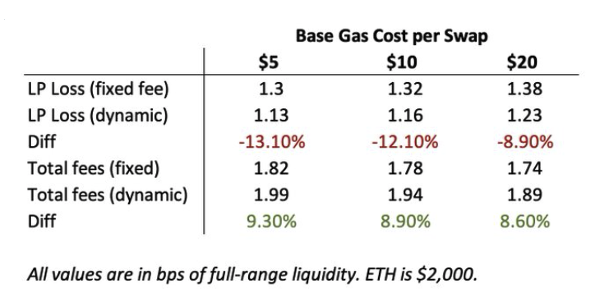[Pond DeFi Model] AI enhanced AMM Liquidity: minimizing the impact of impermanent loss, making liquidity more efficient
Automated Market Makers (AMMs) are a major innovation in decentralized finance (DeFi), with liquidity pools (LPs) forming the core of AMM systems. Liquidity pools enable users who wish to earn returns to supply assets, connecting them with users looking to trade those assets. However, participation by liquidity providers (LPs) is conditional—they will only keep their funds in the pool long-term if the returns are reasonable.
When users provide liquidity through an AMM, they may experience "impermanent loss" if there is significant price fluctuation between the two assets in the pool. Impermanent loss refers to a temporary loss in asset value due to price changes in the pool. This loss can be recovered if the asset prices return to their initial ratio, but if they do not, the loss becomes permanent upon withdrawal. The greater the price volatility, the more impermanent loss the LP may face. In exchange for bearing this risk, LPs can earn a portion of the trading fees collected in the pool. However, because of impermanent loss, the cost to LPs can be difficult to quantify. To make liquidity pool participation more economically viable, it is essential to measure and manage these costs with precision.
In this context, Pond has developed a new AI model to dynamically adjust trading fees by predicting LP returns, thus improving the efficiency of liquidity pool management. This approach not only helps LPs better assess their risk-reward ratio and minimize impermanent loss but also provides regular users with a fairer trading environment.
What is “dynamic fee”?
Traditionally, transaction fees in liquidity pools are fixed. However, fixed fees do not adapt to the dynamic nature of the market. In some cases, transactions may lead to losses for liquidity providers, such as impermanent loss caused by price volatility or losses from arbitrage activities. To address this issue and better protect liquidity providers, a dynamic fee mechanism is essential.
The core logic of dynamic fees is to flexibly adjust transaction fees based on real-time market conditions and predictions of trading behavior, thereby better protecting the interests of liquidity providers. When the market is highly volatile or a particular trade is predicted to potentially cause losses for liquidity providers, fees can be raised to compensate for potential losses. Conversely, during stable or favorable conditions, fees can be lowered to attract more trading activity. This approach not only provides liquidity providers with more secure returns but also enhances overall market liquidity and efficiency.
To achieve this, we introduce quantitative predictions of liquidity provider returns, such as using Markout PnL, to better assess the impact of each trade on liquidity providers. Pond developed the Markout PnL prediction model based on this concept to implement the dynamic fee mechanism in DeFi.
Charging Dynamic Fees through Markout PnL Prediction
The Pond model adjusts transaction fees dynamically by predicting the return within five minutes after a trade to adapt to varying market conditions. The model was trained and evaluated on historical transaction data from the Uniswap v3 platform. Results on the validation set demonstrate that this model achieves high accuracy in predicting liquidity providers' 5-minute markout returns:
- Root Mean Square Error (RMSE): The RMSE between the model’s predicted PnL and the actual PnL is 2.11.
- Correlation (Pearson Correlation Coefficient): The Pearson correlation coefficient between the model's predicted and actual PnL is 0.76, indicating a strong positive correlation.
- Binary Classification Accuracy: After categorizing predictions and actual values into positive and negative classes, the model's classification accuracy is 0.80.

This chart shows the relationship between the predicted returns for liquidity providers and the actual returns. The scatter plot visually illustrates the alignment between the predictions and the actual outcomes.

The core objective of this model is to predict the potential returns for liquidity providers before each transaction is executed and adjust the transaction fees dynamically accordingly. For example, when a trade is predicted to potentially lead to losses for liquidity providers, the system increases the transaction fee to compensate for the possible loss. Conversely, when a trade is predicted to be beneficial to liquidity providers, the system can lower the transaction fee to encourage more of these trades. This approach not only protects the interests of liquidity providers but also contributes to a healthier and more efficient DeFi ecosystem. Pond's AI model for DeFi offers a new approach to managing liquidity pools. The introduction of dynamic fees not only safeguards the interests of liquidity providers but also provides regular users with a fairer and more cost-effective trading experience.
Updated about 1 month ago
